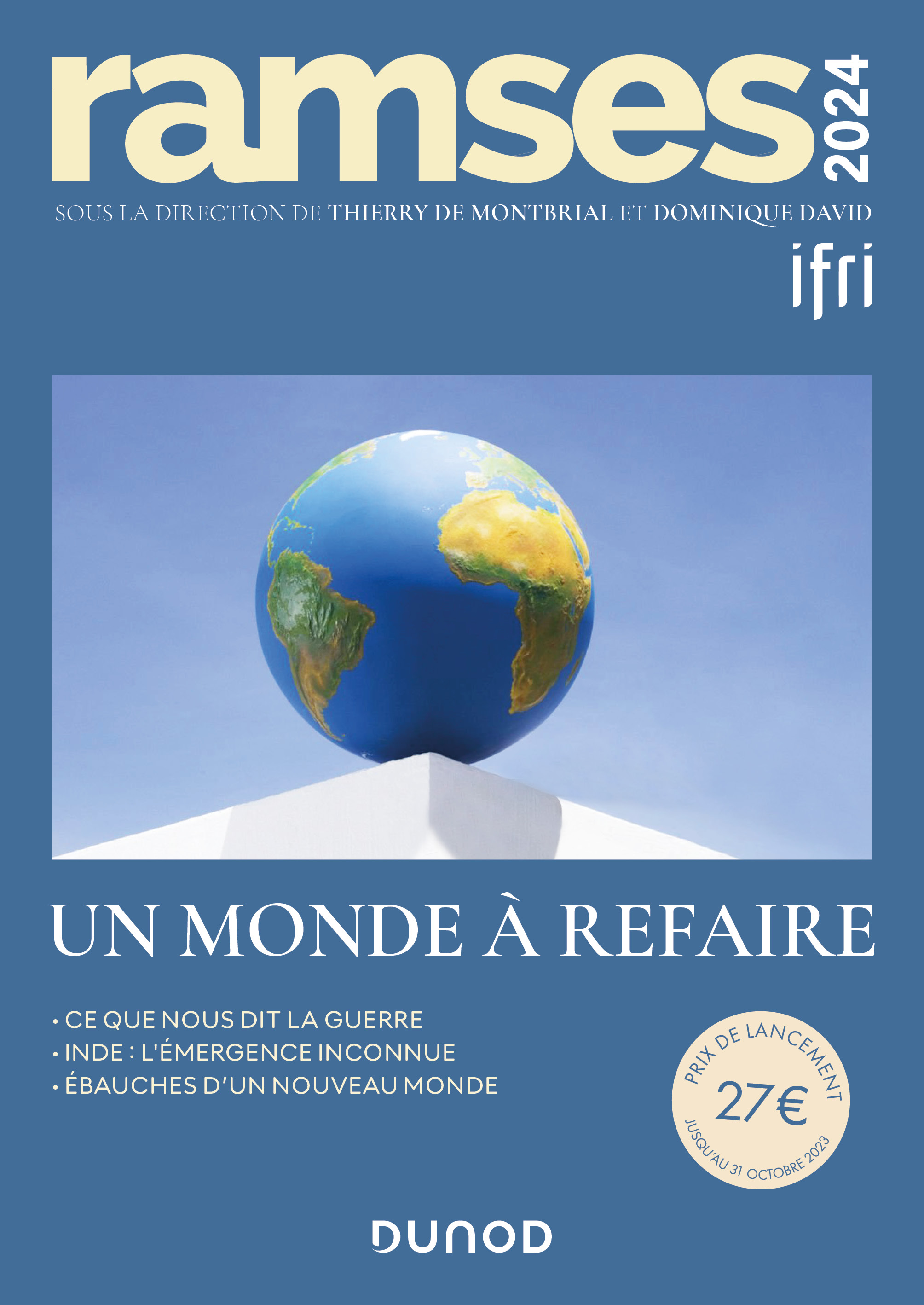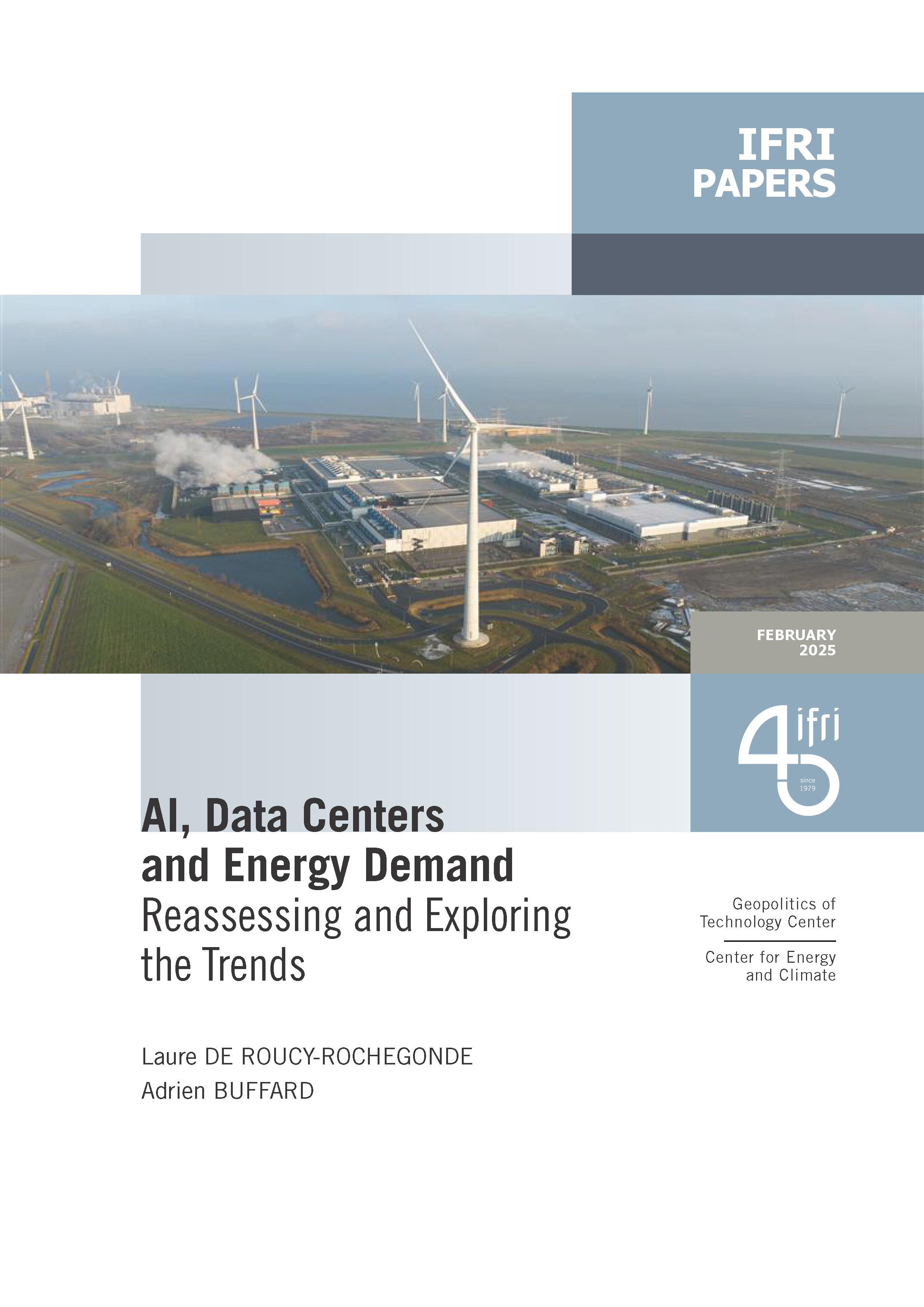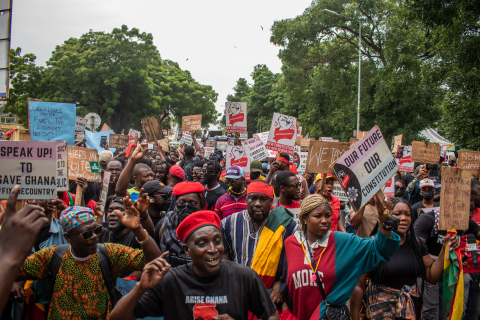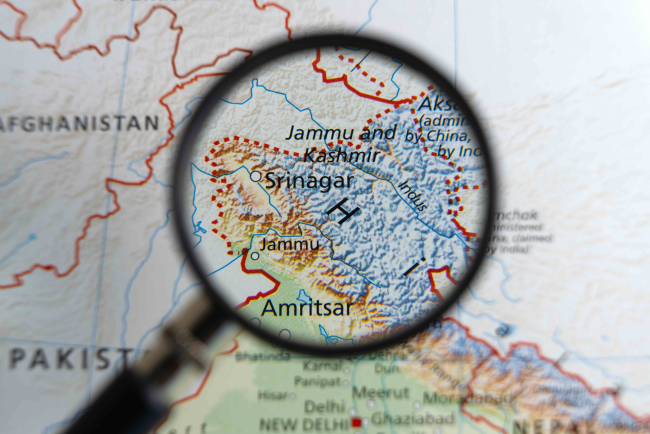Asia–Africa Growth Corridor at the crossroads of business and geopolitics

The Asia–Africa Growth Corridor (AAGC) — a Japan–India initiative to promote connectivity between Asia and East Africa and encourage joint projects in Africa — is often misrepresented. All too often, the AAGC is depicted as a political move aimed exclusively at countering China’s Belt and Road Initiative (BRI).
A closer look at the genesis of the initiative suggests that the AAGC is also the product of needs expressed by the private sector. The AAGC reflects a convergence of bottom-up and top-down processes — Japanese business interest in using India as a springboard to Africa crossed over with Tokyo and New Delhi’s desire to provide a geopolitical alternative to China’s BRI. Both of these dimensions need to be considered when assessing the project’s inception.
During a bilateral summit in November 2016, Japanese Prime Minister Shinzo Abe and Indian leader Narendra Modi underscored the importance of promoting Indo–Japanese cooperation in Africa ‘with the objective to synergize their efforts and explore specific joint projects’. A report was then commissioned from Japanese and India research centres to develop this vision, which Modi officially presented during a session on Japan–India cooperation at the May 2017 African Development Bank meeting. The AAGC was introduced as a way to promote joint projects in priority areas — development, quality infrastructure, institutional connectivity, training and capacity-building, and people-to-people cooperation — by playing on the complementarity between India and Japan.
The AAGC concept partly resulted from the realisation that many Japanese automakers based in India export to Africa. In another sector, Japan’s Hitachi Construction Machinery Co has also started selling its machines in Africa following a successful joint venture with India’s Tata Group.
A 2017 Japan External Trade Organization (JETRO) survey shows that Japanese companies operating in India have a significant interest in the African market, which they see as the most important future destination. For many of them, India is a good springboard to enter the African market because it is geographically closer to Africa than Japan, enjoys strong historic and cultural ties with the continent thanks to its business and diaspora networks, and shares similar market characteristics and product needs.
Japanese business interest in entering African markets from India is not new. A 2013 JETRO survey titled ‘“Look West” with the strategic partnership between India & Japan’ provides examples of Japanese companies that were already investing in African and Middle Eastern markets from India back then. The ‘Look West’ strategy may have served as a basis to revive the idea, with a ‘repackaging’ in the form of the AAGC initiative. In its latest official documents, JETRO states that its focus is now ‘to nurture the motivation of Japanese companies for collaboration with India for their business in Africa’.
Both countries could benefit from this collaboration. India could enhance its exports of manufactured goods, while Japanese companies based in India could take advantage of Indian business networks in Africa to enter African markets. Japanese companies could then enjoy large economies of scale by expanding their business on the continent. In 2017 alone, JETRO hosted three Africa business seminars in India, arranged a Japanese business delegation to Ethiopia and networking activities with Indian businesses there, and coordinated a business-matching event for Japan–India cooperation in Africa.
Japanese business interest in teaming up with Indian partners to invest in Africa aligns with Tokyo and New Delhi’s desire to develop a common agenda that brings together Japan’s ‘Free and Open Indo-Pacific Strategy’ and India’s ‘Act East’ policy. The AAGC provides substance to the India–Japan strategic partnership and a potential counterbalance to China’s BRI by improving interconnectivity between Asia and Africa. In other words, Tokyo and New Delhi can pursue their geopolitical vision by increasing their support to Japanese and Indian firms that wish to jointly invest in Africa.
Despite ambitious statements and an abundance of media reports, the AAGC is still a vague vision and at an early stage of development. A Research Support Unit in a New Delhi think tank has launched a study group with a network of Japanese and East Asian experts to review existing collaborations between Asia and Africa. The group aims to study the AAGC’s needs, make recommendations for concrete cooperation and eventually flesh out the vision. It is expected that the results will be presented to the two governments in 2019.
During their latest summit on 28 October 2018, Modi and Abe interestingly did not mention the AAGC. Instead, ‘discussions for establishing the “Platform for Japan–India Business Cooperation in Asia–Africa Region”’ were referred to in the joint vision statement, pointing to a return to a lower profile, business-oriented project.
Céline Pajon is a research fellow with the Center of Asian Studies of the French Institute of International Relations. She tweets @CelinePajon.
Isabelle Saint-Mézard is an associate fellow with the Center of Asian Studies of the French Institute of International Relations.
Read on the original website: Asia–Africa Growth Corridor at the crossroads of business and geopolitics

Available in:
Regions and themes
Share
Related centers and programs
Discover our other research centers and programsFind out more
Discover all our analyses
RAMSES 2024. A World to Be Remade
For its 42nd edition, RAMSES 2024 identifies three major challenges for 2024.

France and the Philippines should anchor their maritime partnership
With shared interests in promoting international law and sustainable development, France and the Philippines should strengthen their maritime cooperation in the Indo-Pacific. Through bilateral agreements, expanded joint exercises and the exchange of best practices, both nations can enhance maritime domain awareness, counter security threats and develop blue economy initiatives. This deeper collaboration would reinforce stability and environmental stewardship across the region.

The China-led AIIB, a geopolitical tool?
The establishment of the Asian Infrastructure Investment Bank (AIIB) in 2016, on a Chinese initiative, constituted an attempt to bridge the gap in infrastructure financing in Asia. However, it was also perceived in the West as a potential vehicle for China’s geostrategic agendas, fueling the suspicion that the institution might compete rather than align with existing multilateral development banks (MDBs) and impose its own standards.
Jammu and Kashmir in the Aftermath of August 2019
The abrogation of Article 370, which granted special status to the state of Jammu and Kashmir (J&K), has been on the agenda of the Bharatiya Janata Party (BJP) for many decades.










